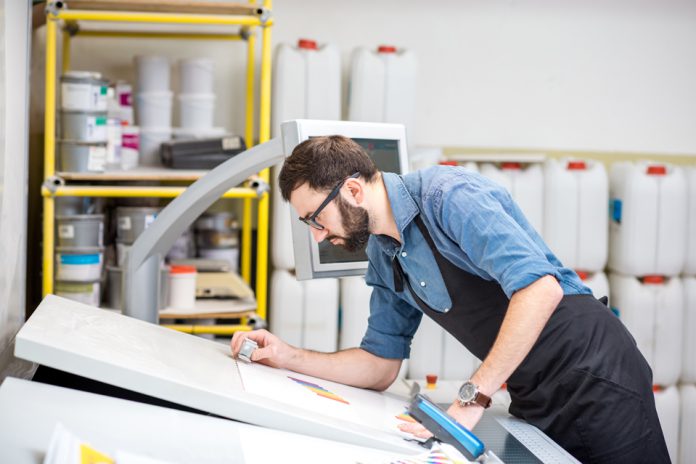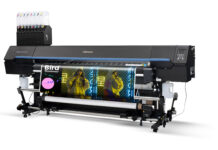It can be easy to get swept up in conversations about an inevitable digital domination as younger generations’ preferences and habits become more prominent. No one knows this more than in-plants, which—like many other business entities—need to continually evolve as the printing landscape transforms.
Though print applications are shifting, the fact remains that the print medium is still relevant and influential. In fact, the recent Canon Print for Action Survey* finds that 68% of survey respondents say they rely on a mix of digital and print platforms in their day-to-day, from gathering news to making purchasing decisions.
While there are many areas in which digital has taken the lead, print is still deeply embedded into our everyday lives in ways we might not even think about. Wall wraps, movie posters, advertisements, and promotional displays all come to life with cutting-edge printing technology, influencing and inspiring people of all ages.
So how can in-plants continue to grow to help customers capture consumer attention through print? The key is moving beyond a basic shop.
Beyond the Basics
One of the biggest challenges among in-plants is expanding their services to stay in-demand. With changing tastes in advertising and marketing, there is a growing need for in-plants to move beyond basic printing and copying services and develop capabilities to meet the transforming needs of their customers, specifically around large and wide format offerings.
In-plants should offer assistance with printing, signage, laminations, graphic design and multimedia campaigns—not only to help meet the immediate needs of current customers, but also appeal to potential new customers to help generate additional revenue.
The X Factor: Quality
In many ways, print must work harder these days to break through, and three-quarters (76%) of survey respondents say the quality and graphics of print are key to capturing their attention*. This means quality materials, finishes, and vibrancy—even for more basic, high-volume printing—must remain a priority for in-plants to keep customers satisfied and coming back for repeat business.
For example, large format inkjet delivers colorful, eye-catching designs. In-plants that incorporate inkjet solutions can help fill a gap in their current capabilities and provide an opportunity to provide dynamic, colorful wide format images.
Work Smarter, Not Harder
It’s no secret that emerging technology is bringing a wealth of benefits to the industry, but many in-plants are slow to adopt —perhaps due to personnel or cost restrictions. However many of these new tools can actually help drive down costs.
For example, automation software is a true game-changer for in-plants, allowing them to streamline workflow, which can help meet demand while also freeing up staff for more intricate or high-priority tasks.
Additionally innovative augmented reality (A/R) and A.I. technology can help customers during the design process to better control layout and color management, which in turn can help produce higher-quality results on the first try.
Investing in the latest technology solutions is another way for in-plants to expand their capabilities without sacrificing quality and commitment to current operations.
So what does the future hold for in-plants?
As always, it’s hard to outline the path ahead, as the rate at which technology and consumer preferences are changing is faster than ever. But overall, in-plants need to stay nimble and expand their horizons to make themselves relevant and indispensable to the parent company.
—Rich Reamer
Rich Reamer is Senior Director, Large Format Solutions at Canon U.S.A., Inc.











